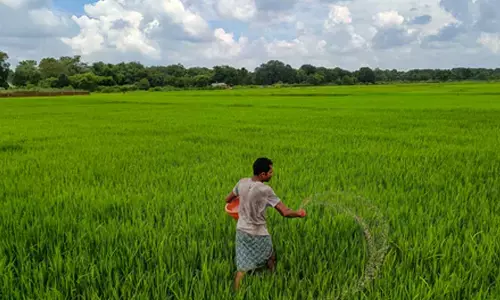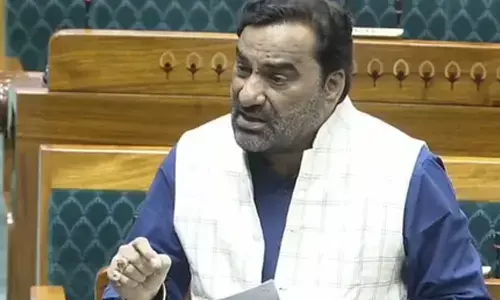Certain facts about these invisible invaders

SARS-CoV2 is not the same as the flu virus, though it is a respiratory virus.
SARS-CoV2 is not the same as the flu virus, though it is a respiratory virus. This entitles it to silently settle down in our respiratory system from our noses to our lungs. We know that lungs help us breathe in and breath out carbon dioxide.
We have seen many viruses in the past and remember some of them like adenoviruses, rhinoviruses, respiratory syncytial viruses (RSV) influence and other coronaviruses.
As long as SARS-CoV2 is happy with residing in out upper respiratory system or tract, we have not much of a problem. In fact, some of the viruses are happy with their upper portion depository positions, while some others do try to occupy the ground floor of the respiratory tract i.e., lower respiratory tract.
The difference is that this SARS-CoV2 does monkey business. It not only occupies the upper respiratory tract but also the lower tract too. it is that whimsical and opportunist. Don't forget this.
SARS-CoV2 sneaks its entry into the respiratory tract through the respiratory droplets that contain the virus or smear the virus with our fingers or any other contaminated objects. From inside the nostrils, it begins its deadly journey., science journals point out.
There are spikes on the surface of the coronavirus that consist of protein. These protein spikes are the key to the viruses' ability to invade the cells in your respiratory tract. They help the virus find and bind to ACE2, a protein on the surface of your cells that the virus's ace in the hole, so to speak, to get into your cells.
This virus then tricks your cell into helping it get inside the cell. It uses an enzyme called furin that is present in your cells to break the protein spikes in half, allowing the spikes to then guide the virus into your cells. This virus then hijacks your cells' machinery to make more copies of itself.
Our immune system probably has never ever seen anything like SARS-CoV2 before and hasn't yet had the chance to set up specialised sentries and weapons ready to recognise, catch, and eliminate these intruders.
The immune system then scrambles to deal with the emergency with no real clear plan specific for SARS-CoV2. When it comes to SARS-VO2, our immune system is not trained enough, one should say.
The good news is that the same immune system could be, perhaps, enough to deal with this virus if everything remains in our upper respiratory tract, that is above our trachea or windpipe.
So if we have a sore throat, nasal congestion or a dry cough or any such upper respiratory system symptoms or even a dry cough, it is to some extent, a little extent, some relief.
When it goes down to the lower part of the system? It leads to shortness of breath, chest pain or tightness, a deeper cough, and other difficulties in breathing.
These symptoms can come from inflammation of our respiratory tree, otherwise known as our bronchial tree. It means that it could become a pneumonia when Alveoli, which are an important part of the respiratory system whose function it is to exchange oxygen and carbon dioxide molecules to and from the bloodstream, is infected with the virus.
It leads to fluids settling down in the alveoli and puss also forms. The pneumonia phase carries symptoms such as a high fever, chills that may be accompanied by shaking, coughing up mucus that's greenish, yellow, or bloody, chest pain, shortness of breath, and other breathing difficulties. Next, we may be needing a ventilator.
Real trouble occurs when our immune system begins to send chemicals and cells to not only our lungs but all over your body. The destruction then extends beyond your respiratory tract. Our blood pressure starts to drop, and our organs start to fail.
Do we come back from this stage? That is where faith matters. Better trust in the God you believe. All the best.
However, there is a silver lining to it too.
Most infected people do not always send their people to places of worship. But, why risk it at all? Stay indoors or stay out of contact with people. Society can do without us for a while rather than without people at all.

















